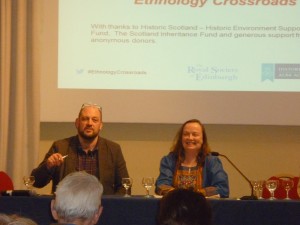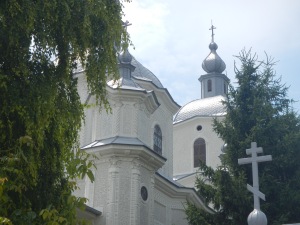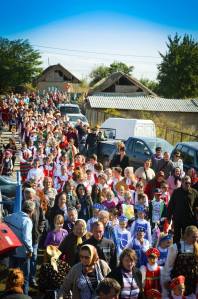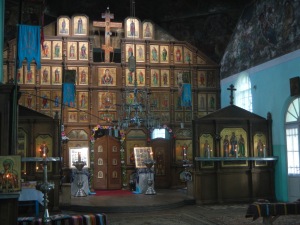by Noel O’Connell
On 15th June 2015, media reports raised questions about Rachel Dolezal’s background. A scholar of race and African-American culture and daughter of white parents, Dolezal had identified as Black. Stories of black people “passing” as white or white people as black have been a fascination for researchers and historians for many years. Racial passing is generally understood to mean identifying oneself as member of another race (historically the white race). In its simplicity, the practice of passing – presenting oneself as someone one is not – may be so intuitive or natural that people may not bother to ask: “What do you mean you’re black?” I would argue there is much to discover behind this simple question. We need ask why some people desire to transform their identity even while it is clear their persona contradicts the image of their original identity. I believe the issue around ‘passing’ mirror the experiences of deaf and hearing people. Ironically though this topic has rarely been given attention in Deaf Studies research. We actually know very little about what constitutes ‘passing’ or about how deaf and hearing people may want to claim an alternative identity.
In schools where policy prohibited sign language communication, deaf children were trained to ‘pass’ as hearing children in order to achieve a desired outcome. To pass as ‘hearing’ means to behave and act ‘normally’. The practice involves imitation – copying and displaying hearing people’s cultural traits, norms, and values. In postcolonial terms, we know that mimicry is the act of imitating the language, behaviour and attitude of the coloniser. Under oralism (an educational ideology that outlaws sign languages) mimicry is applied when deaf people copy hearing people’s attitude and patterns of behaviour. In passing-as-hearing or impersonation, the deaf person portrays an image of ‘hearingness’. By speaking, talking and listening to music, wearing hearing aids and cochlear implants, they reflect and highlight socially defined hearingness. Deaf people attending mainstream schools may be inclined to present a persona of hearingness given how are often exposed to hearing culture with little opportunity to learn British Sign Language (BSL).
Similar to what happened under colonialism, we assume people born into one particular category might end up being socialised into another category. Caitlyn Jenner (aka Bruce Jenner), former Olympic champion, for example, took on different gender or sex roles. When it was reported that Rachel Dolezal had been presenting a persona of a Black American, it drew comparison with Jenner. While the link between the two shows that race and gender have much in common, we find identifiable parallels exist with the experience of deaf people. But what does this say about hearing people? Do they claim to be culturally Deaf? I doubt there is any evidence that this is true. We might ask why anyone would want to claim an identity that, in the eyes of society, holds a less than ‘privileged’ status.
In terms of how a Deaf Studies researcher might approach the subject of passing, we might ask: how do people negotiate their identities around the deaf/hearing line? Do we assume we can change our deaf/hearing identities and become ‘hearing’ or ‘deaf’ while still displaying markers of our original culture? Are there obvious cultural markers that can be discarded? More research is required to find answers to these questions. In particular I’d argue that the notion of ‘passing’ should be analysed in Deaf Studies research where we can discuss how one constructs, claims, justifies or resists ideas around alternative identities.







